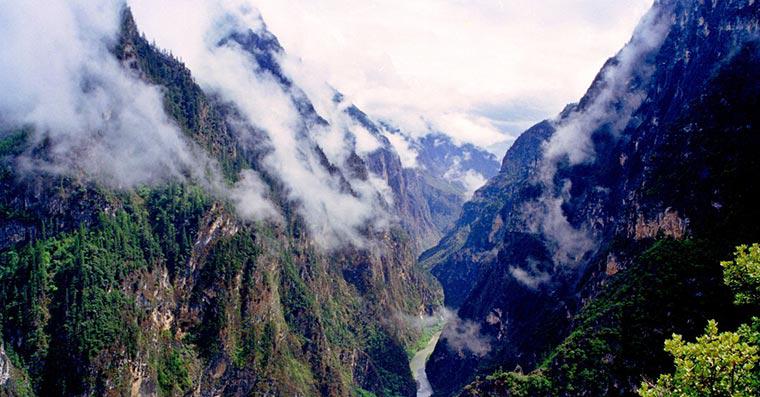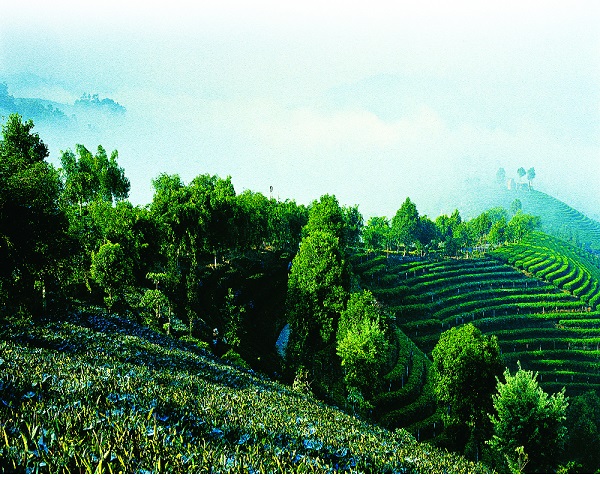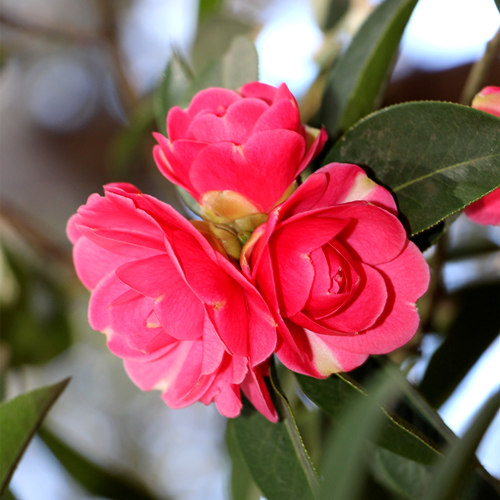
Detailed Introduction to Yunxian County of Lincang
Yunxian County (云县) is a scenic and culturally vibrant county under the administration of Lincang City in southwestern Yunnan Province, China. Known for its lush landscapes, diverse ethnic communities, and thriving agricultural sector, Yunxian offers visitors and residents a unique blend of traditional rural charm and emerging modern development. This detailed introduction explores Yunxian’s geography, history, economy, cultural heritage, tourist attractions, transportation, and future prospects.
Geographical Location and Climate
Location:
Yunxian County is situated in the northeastern part of Lincang City, covering an area of approximately 2,500 square kilometers. The county is nestled among rolling hills and rugged mountains, forming a transitional zone between the highlands of Yunnan and the tropical regions to its south. Its strategic location allows it to benefit from both the fertile valleys and elevated terrains of the region.
Terrain and Environment:
Mountainous and Hilly Landscape: Yunxian features a diverse topography with steep slopes, terraced fields, and deep valleys.
Water Resources: Several rivers and streams crisscross the county, providing ample water for agriculture and contributing to the region's lush greenery.
Biodiversity: The abundant forests and varied ecosystems support a wide range of plant and animal species, making the area a haven for nature lovers.
Climate:
Subtropical Monsoon Climate: Yunxian experiences mild to warm temperatures year-round, with a distinct wet season during the summer monsoon.
Temperature and Rainfall: Average annual temperatures range between 15°C and 22°C, while abundant summer rains nurture its fertile agricultural lands.
Historical Background
Yunxian County boasts a rich historical heritage influenced by centuries of cultural exchange and trade:
Ancient Trade Routes: Historically, Yunxian was part of the broader network of trade routes—including the ancient Tea Horse Road—that connected Yunnan with Tibet, Southeast Asia, and beyond.
Ethnic Roots: The county has been home to diverse ethnic groups, including the Dai, Lahu, Yi, and Han peoples, whose traditions and lifestyles have shaped the local culture.
Modern Evolution: With the administrative reforms of the 20th century, Yunxian County was officially established as part of Lincang City. Since then, it has experienced gradual modernization while preserving its historical and cultural identity.
Economic Overview
The economy of Yunxian County is largely based on agriculture, complemented by growing sectors in eco-tourism and small industries.
1. Agriculture
Agriculture is the backbone of Yunxian’s economy:
Tea Production: Yunxian is located within a renowned tea-producing region, where high-quality Pu'er and green teas are cultivated on terraced hillsides. The unique climate and soil conditions contribute to the distinctive flavor and aroma of the local teas.
Cash Crops: Besides tea, the county produces tobacco, rubber, and coffee, which are important cash crops supporting local incomes.
Food Crops: Staple foods such as rice, corn, and various vegetables are widely grown, ensuring food security and contributing to local markets.
Fruits and Medicinal Herbs: Yunxian’s fertile lands also support the cultivation of tropical and subtropical fruits, as well as traditional medicinal herbs used in Chinese medicine.
2. Eco-Tourism and Small Industries
Eco-Tourism: With its pristine natural environment and rich ethnic culture, Yunxian is developing eco-tourism initiatives. Visitors are attracted to its scenic landscapes, wildlife, and opportunities to explore traditional villages.
Handicrafts and Local Industries: Local artisans produce traditional handicrafts such as embroidery, bamboo crafts, and silver jewelry, which reflect the county’s diverse cultural heritage and provide additional economic support.
Ethnic and Cultural Heritage
Yunxian County is culturally diverse, with several ethnic groups contributing to its unique identity.
1. Dai Culture
Festivals: The Dai people celebrate vibrant festivals such as the Water Splashing Festival, marked by lively dances, music, and communal festivities.
Architecture and Crafts: Traditional Dai houses built on stilts and intricate bamboo crafts are part of the cultural fabric of the county.
2. Lahu and Yi Cultures
Lahu Traditions: The Lahu people are known for their distinct language, colorful costumes, and traditional music, which are showcased during local celebrations.
Yi Festivals: The Yi community celebrates the Torch Festival with bonfires, dances, and folk performances that honor their agricultural heritage and ancestral traditions.
3. Han Influence
Traditional Chinese Culture: The Han population contributes classical Chinese trad



